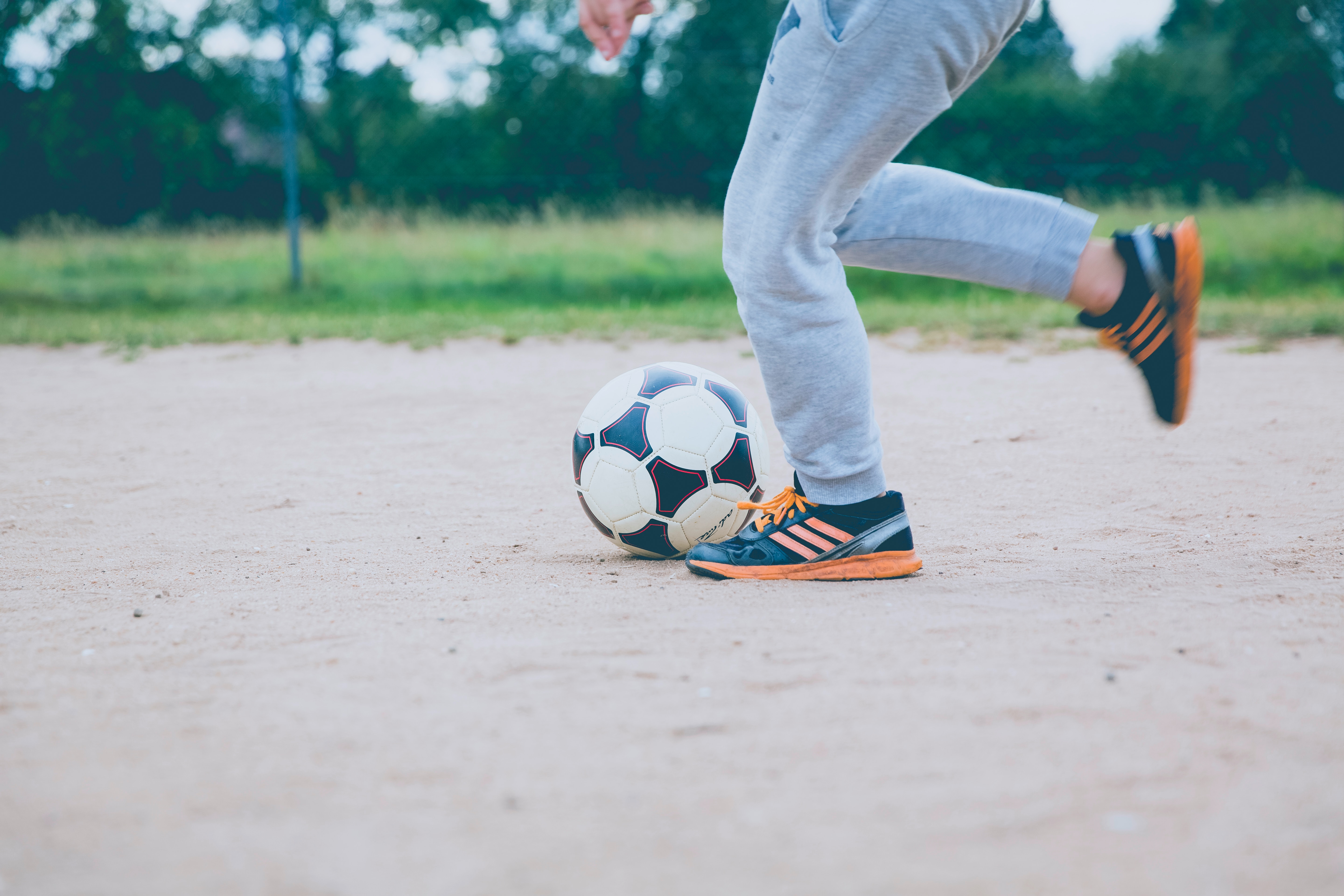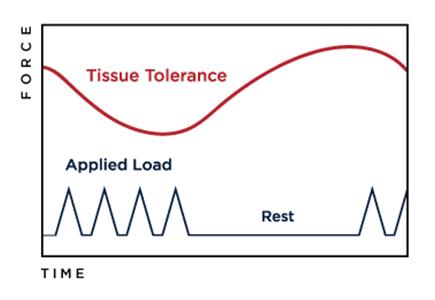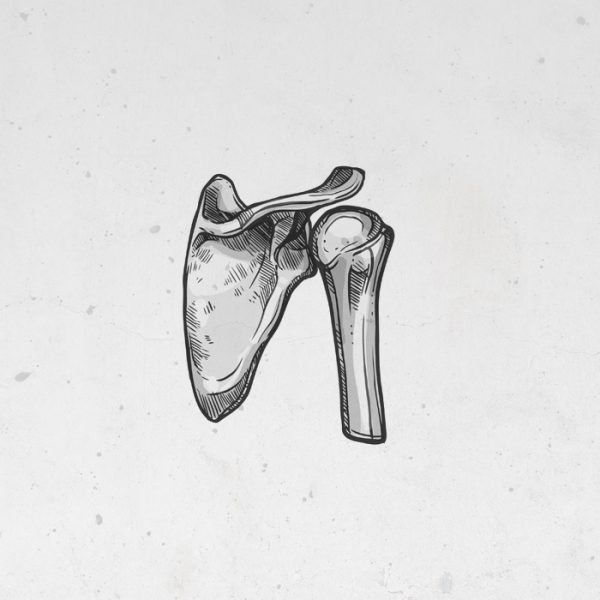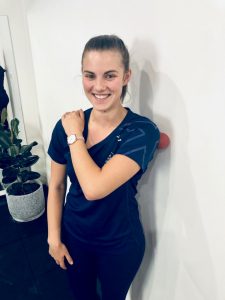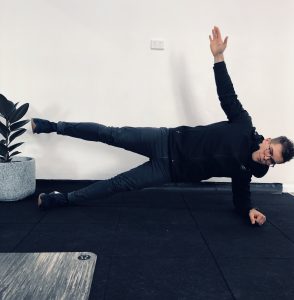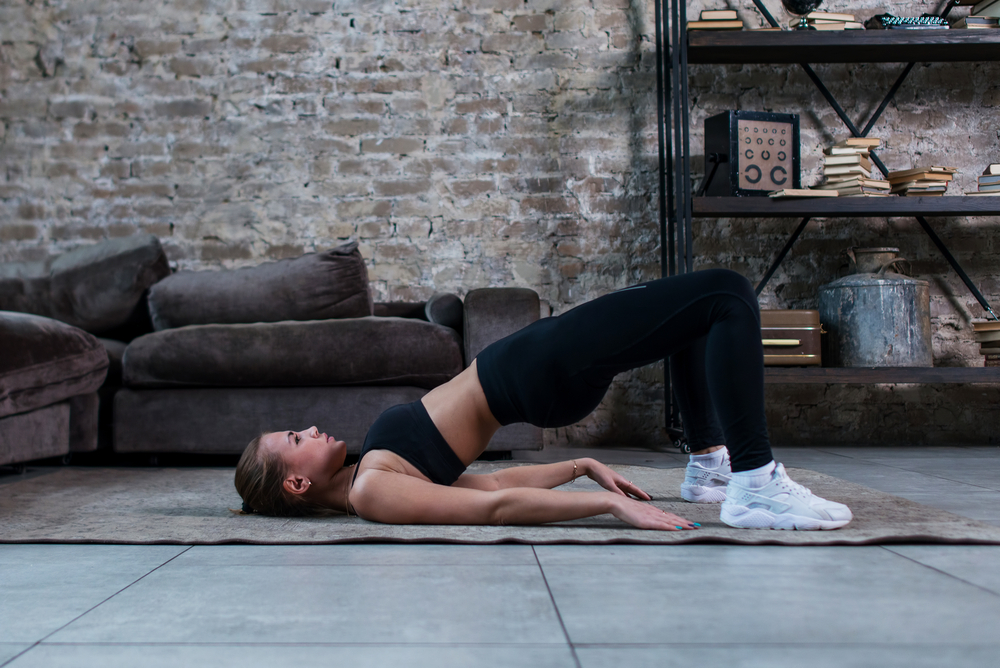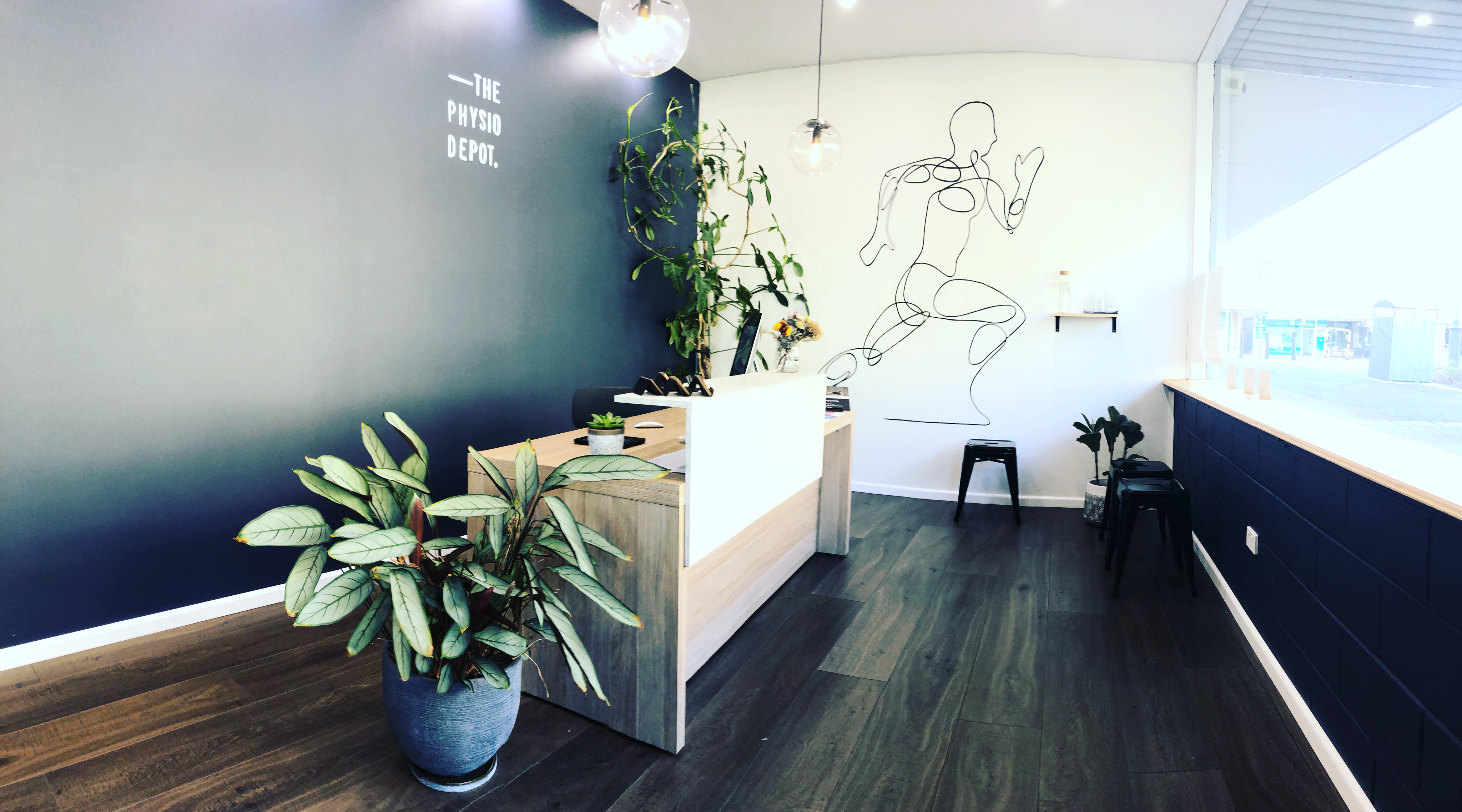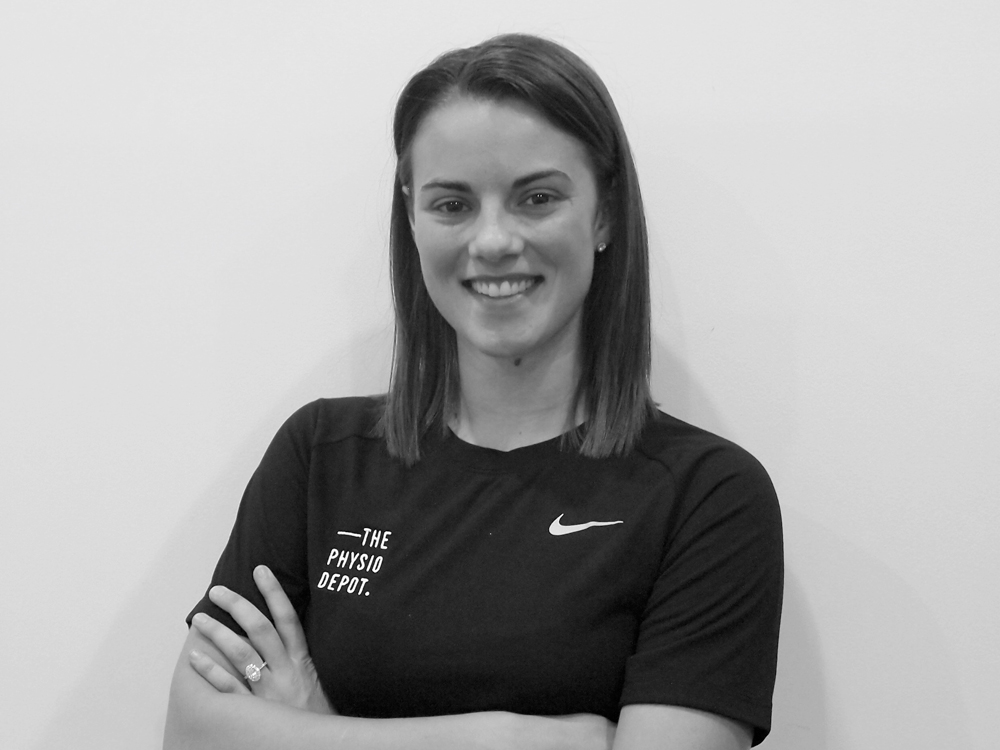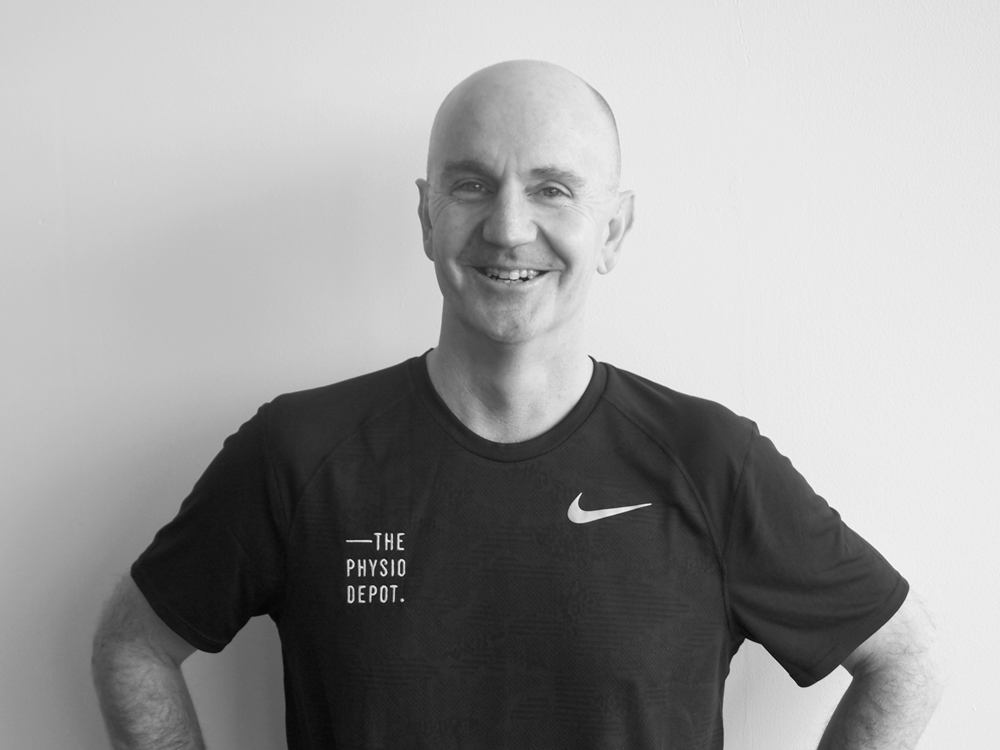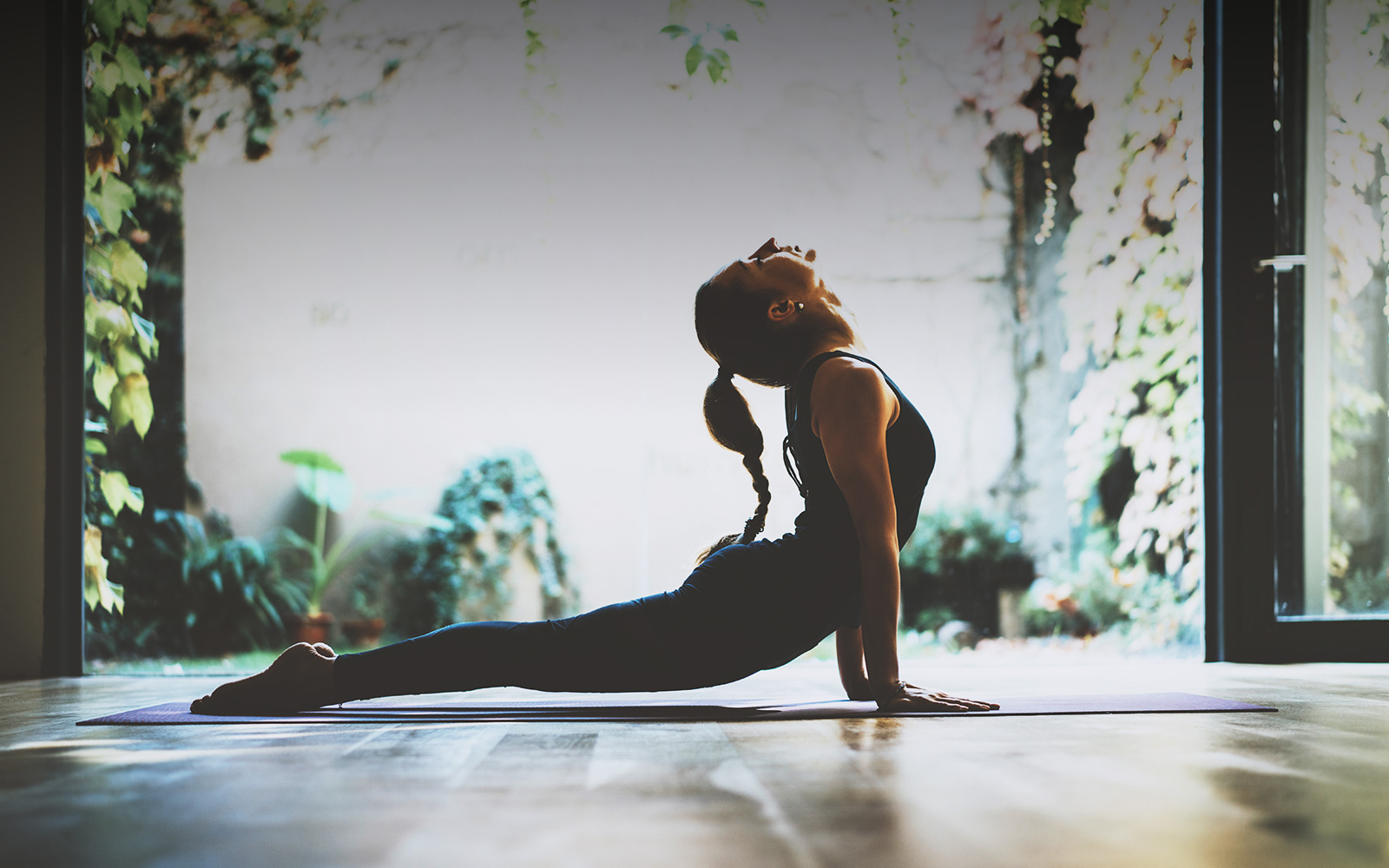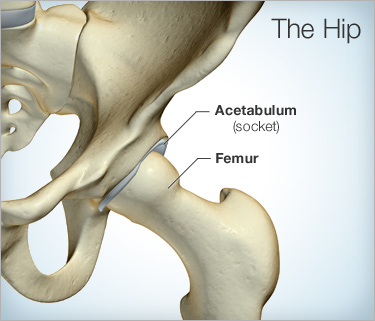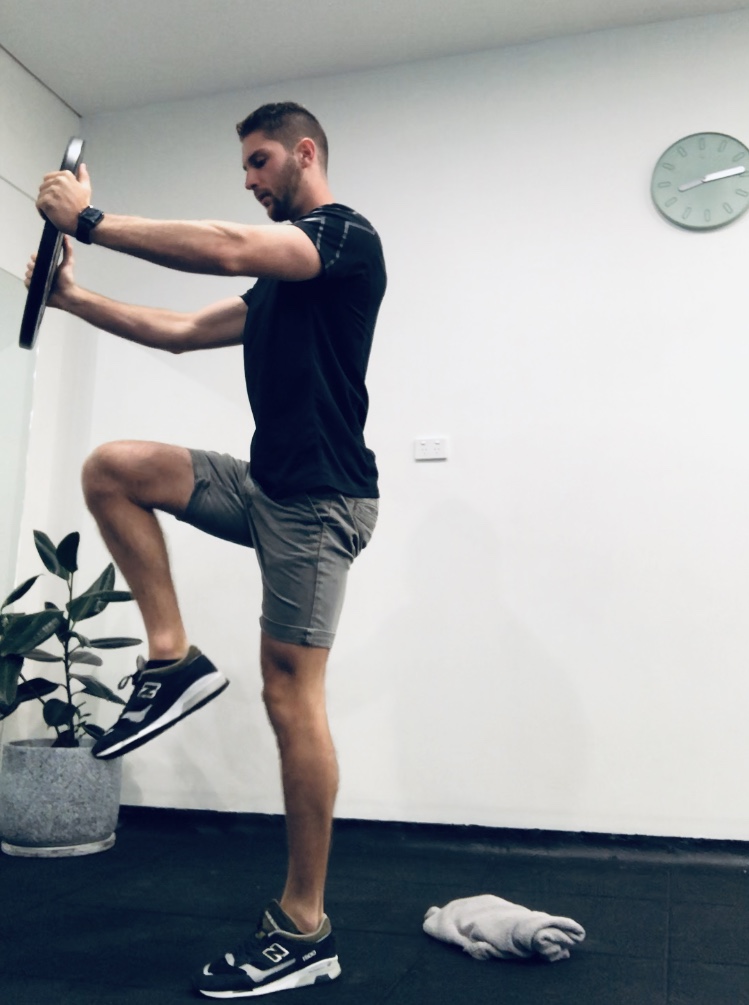Shoulder Dislocations Made Simple .
What is a shoulder dislocation?
A shoulder dislocation is when the top of our arm bone slips out of the cup like socket that contains our shoulder joint. Unfortunately, our shoulders are built for mobility not stability making it a very common injury.
How does a shoulder dislocate happen?
Shoulders can dislocate in a number of positions. Most commonly the shoulder pops out in a forward direction due to a force on the shoulder with our shoulder out to the side and above shoulder height or a blunt force to the back of the shoulder. Occasionally shoulders will dislocate backwards, this can happen due to a fall on an elbow or onto your hands in front of the body causing the arm bone to move backwards through the joint.
How painful is a dislocated shoulder and what should I do immediately afterwards?
Dislocated shoulders are generally very painful at the time. You will feel an immense pain, muscular spasm and inability to move the arm. The good news, once your shoulder is relocated the initial pain calms down instantaneously. The following 1-2 weeks your shoulder will be quite tender and may need the use of a sling.
How long does it take to recover?
General timeframes very depending on the type of dislocation and the mechanism of injury.
A rough time period of 6-12 weeks for return of normal function is a good starting point. More traumatic dislocations which cause extensive damage to the structural integrity of the shoulder can take upwards of 3 months for full recovery.
Is my shoulder going to permanently damaged after a dislocation?
Following a dislocation your rehabilitation is extremely important. Once the shoulder is dislocated you damage the structures that hold your shoulder in place on a day to day basis. In order for you to return to sport, overhead activity or gym training it’s imperative you follow a strict rehabilitation plan. Unfortunately the re-occurrence rate is quite high, especially in the adolescent patient group. In summary, your shoulder is not permanently damaged but you have to work hard strengthening and stabilising the muscles surrounding the shoulder.
How can Physio help?
- Restore shoulder range of motion.
- Immobilisation strategies to settle the shoulder down in first 10 days.
- Guided rehabilitation program to strengthen shoulder stabilisers.
- Return to sport/activity guidelines and testing.
Do I need surgery?
A first time dislocation does not generally need surgery unless you have a traumatic/unstable fracture. After your first dislocation you will generally start a rehabilitation program with your Physio over a 12 week period.
If you make dislocating your shoulder a habit despite your best efforts of Physio and exercise. Then you may be on your way to the surgeon to get your shoulder stabilised with an operation.
What does the first 6 weeks of Physio look like after a dislocation?
- IMMOBILISE
10-14 days of using a sling to support the injured arm. This is useful for pain, but also stops the shoulder popping out again in the first 5-7 days. - PAIN RELIEF
- ACTIVATE SHOULDER BLADE STABILISERS
Start muscle activation in supporting muscles at the back of the shoulder. - LIGHT RESISTANCE
Begin light resistance training focusing on shoulder stabilisers, trunk muscles and rotator cuff. - CLOSED CHAIN EXERCISES
With your shoulders supported start weight bearing shoulder exercises. - ADD COMPLEXITY, LOAD AND OVERHEAD STRENGTH
Build strength in zones above head and focus on stability exercises. - RETURN TO SPORT TRAINING
-Build functional exercise program targeting demands of your sport.
Got a question about an injury, shoot us a message or book a session online here.
Written by Patrick Lincoln
(Physiotherapist)

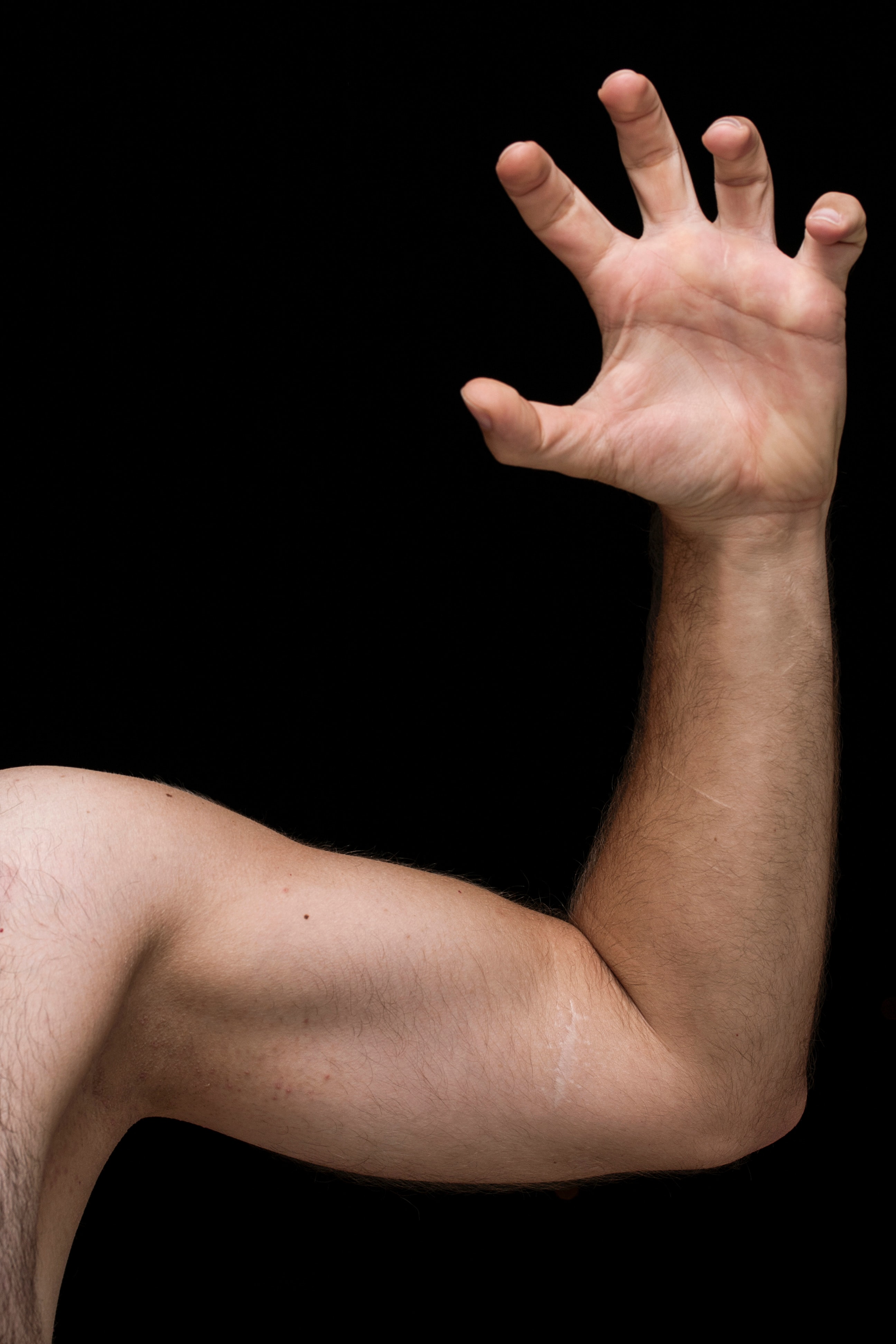

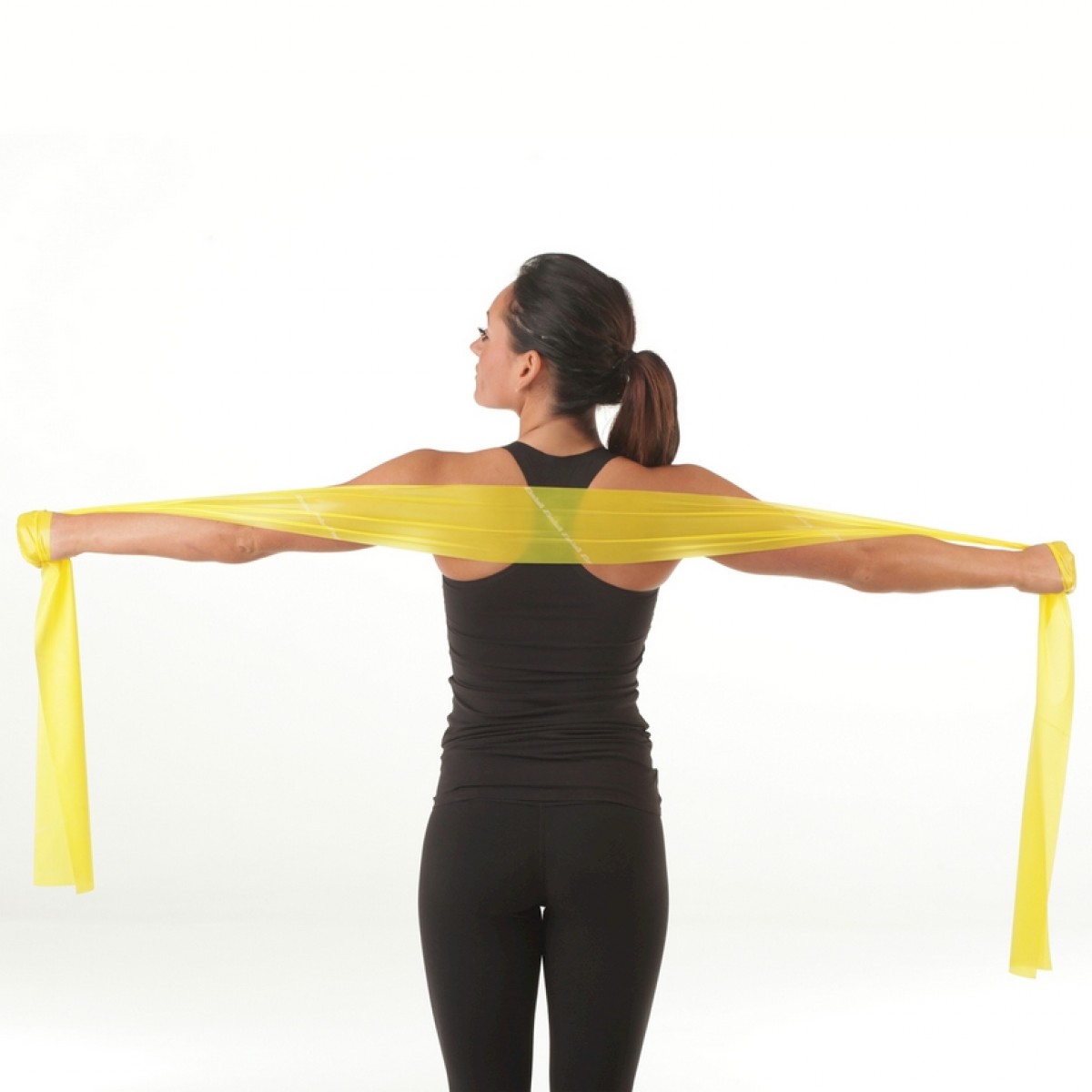

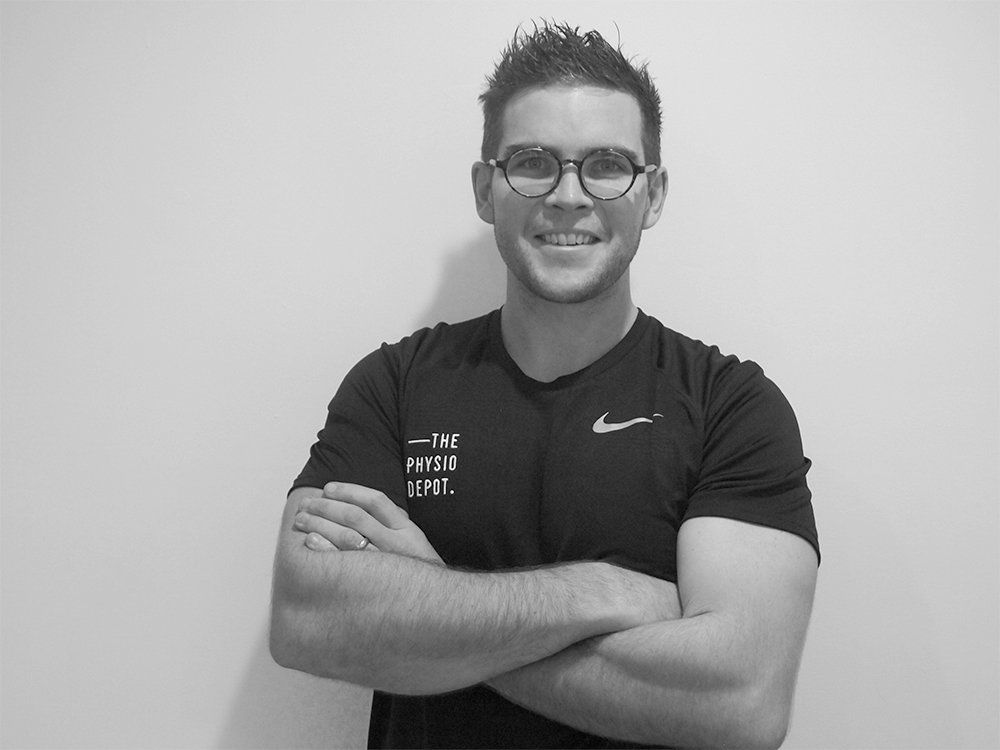
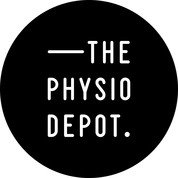
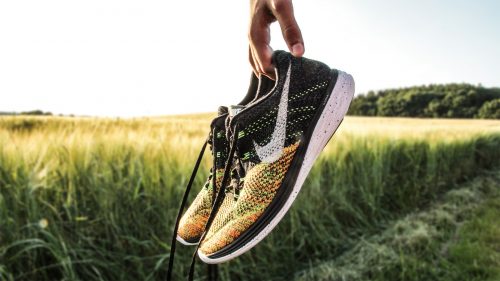

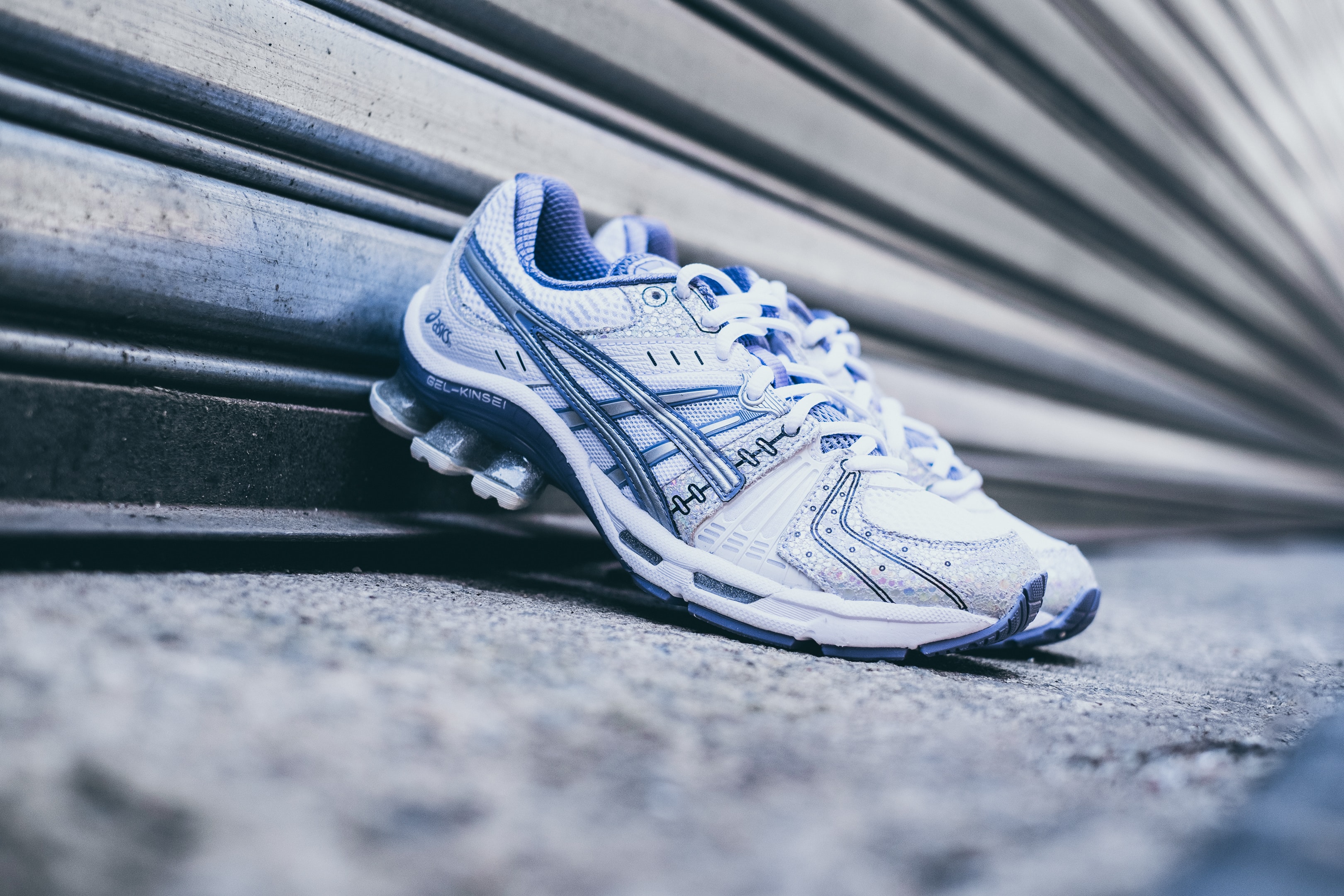

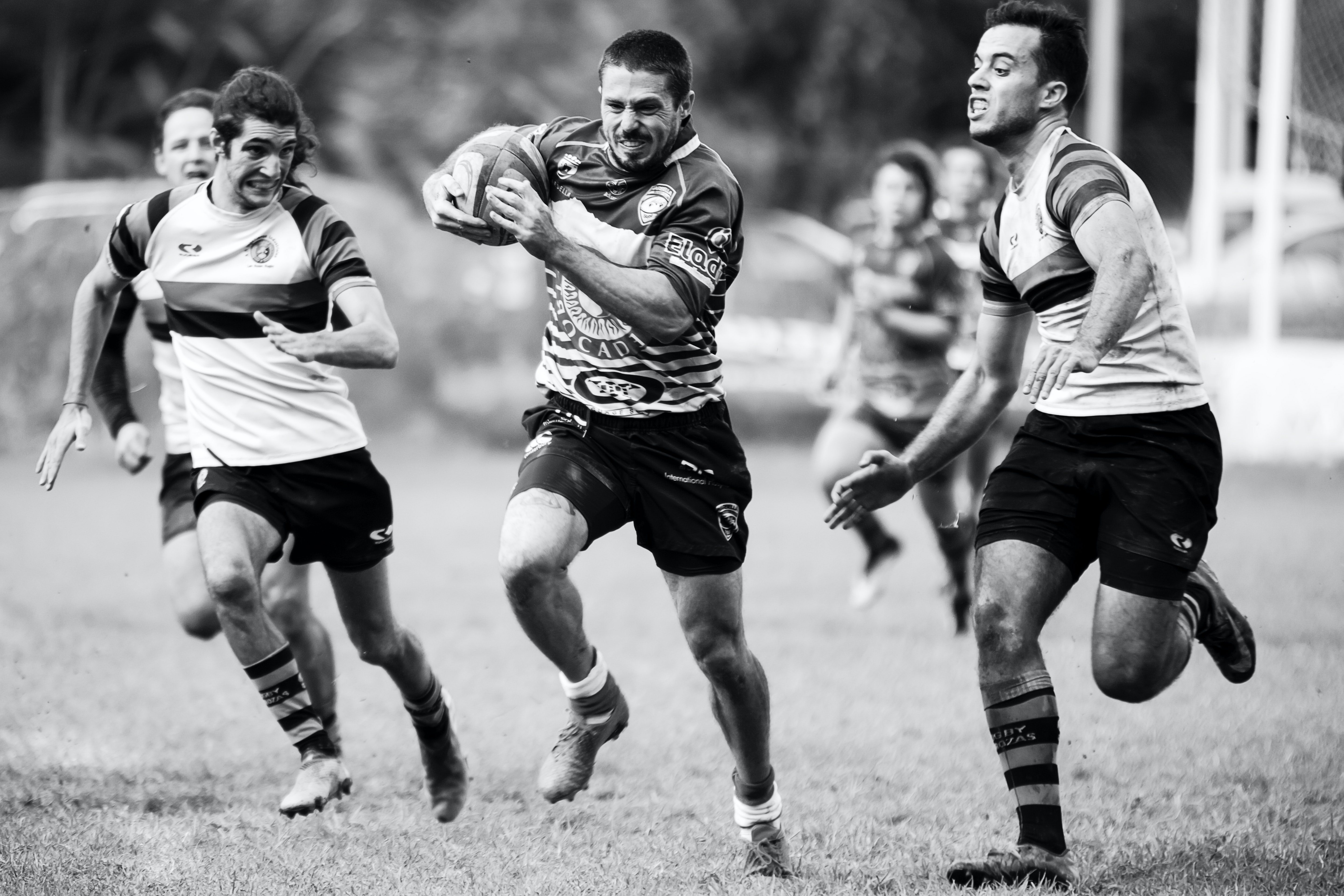
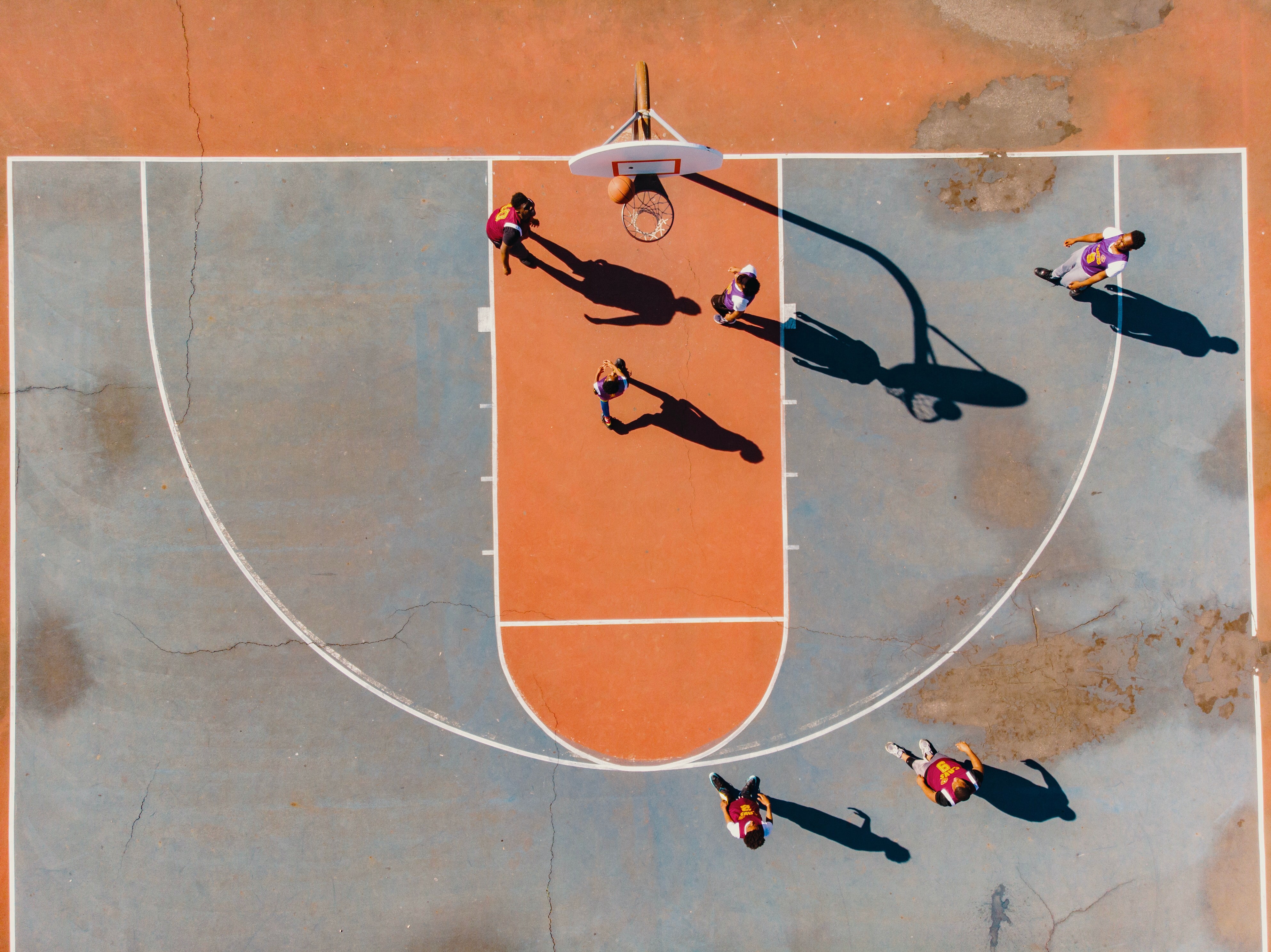
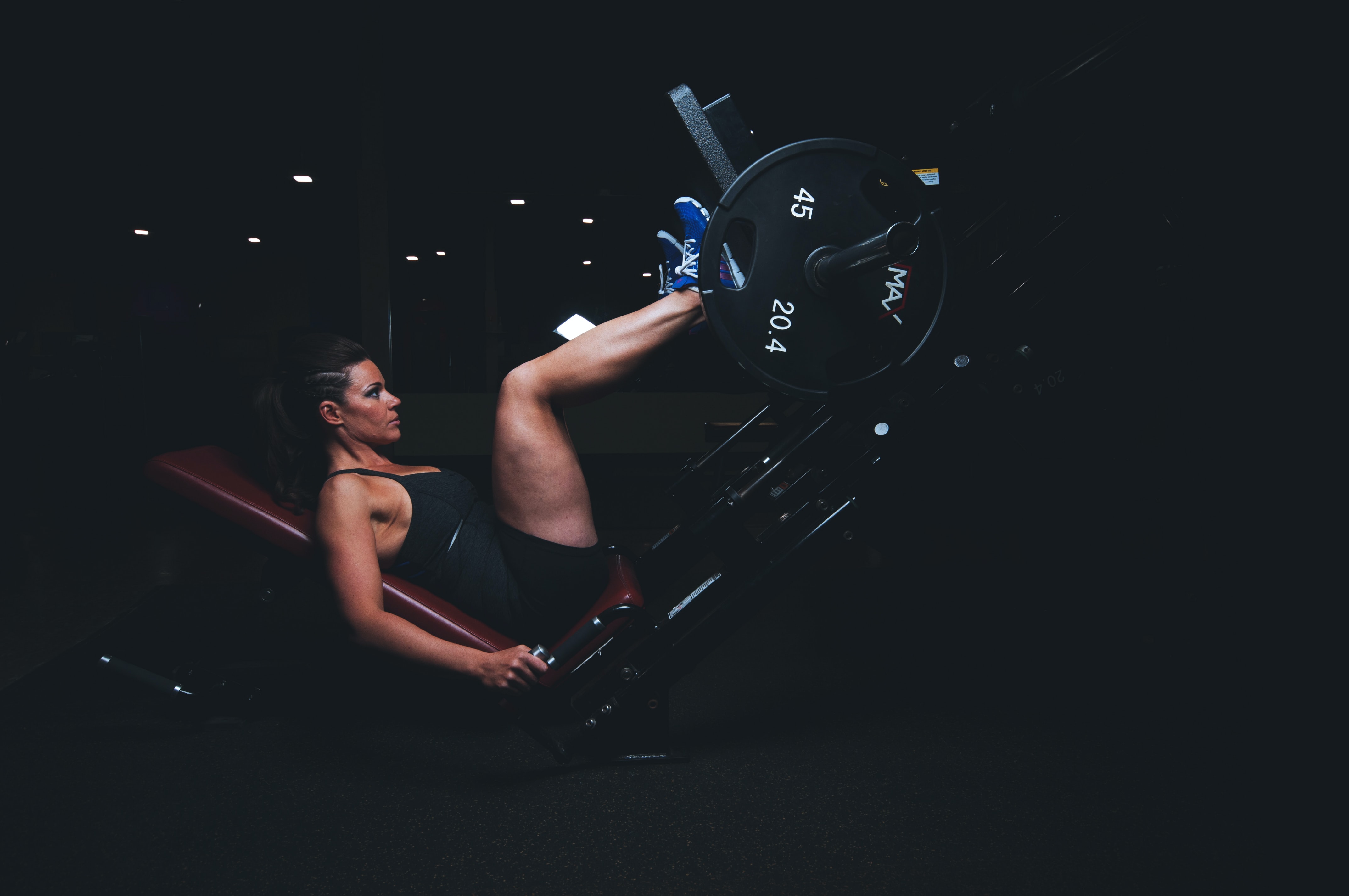
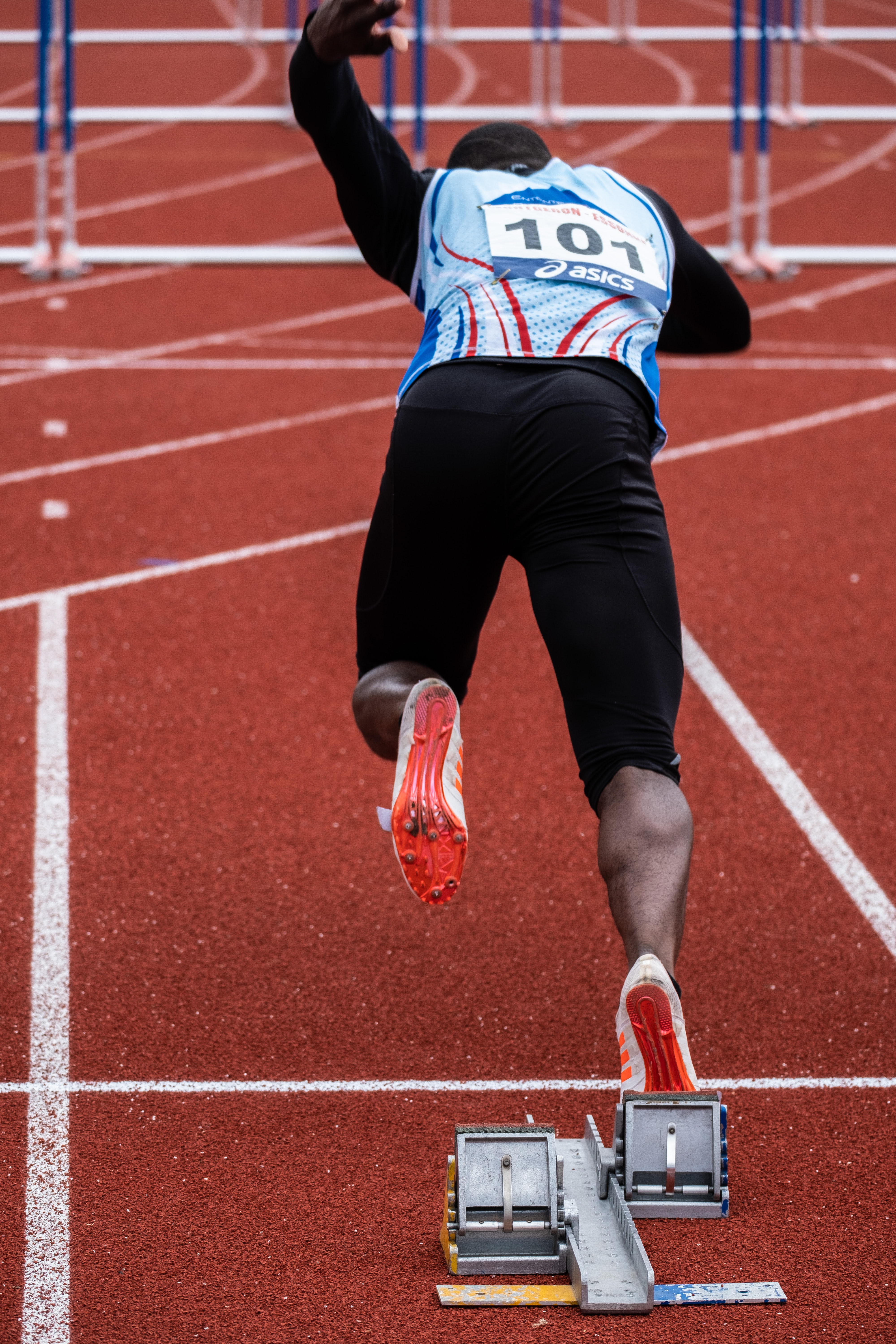 – Learn to land, hop and get really good dynamic control.
– Learn to land, hop and get really good dynamic control.


